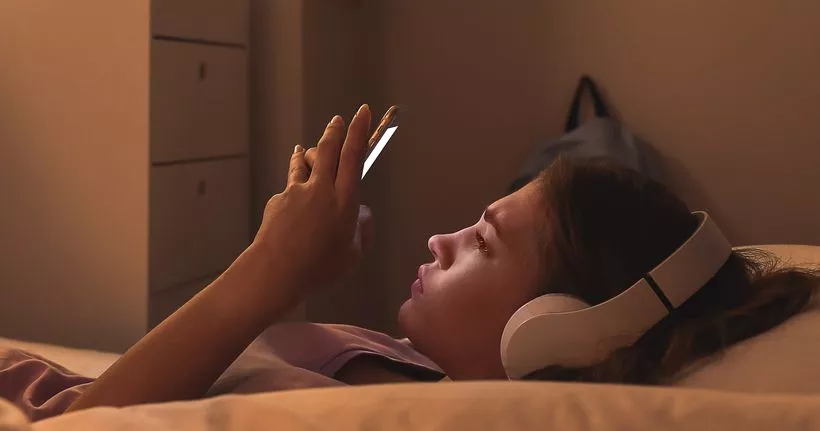Working with panels of young people aged 11 to 18 – including a subset of vulnerable children – parents, caregivers and professionals:
- Round 1 will consider the effectiveness of existing interventions and prevention messages.
- Round 2 will refine effective prevention messaging and explore how more effective prevention messages could be deployed.
- Round 3 will test refined prevention messages and deployment methods with our panels of young people, parents and professionals.
As in previous years, children aged 11 to 13 appear most frequently in the ‘self-generated’ material detected and removed by IWF. For this reason, our research is focussed on prevention within this age group – drawing on the current experience of 11-13-year-olds, and the reflective views of teenagers in older age groups.
We are very excited to partner with Praesidio Safeguarding, who will bring their wealth of expertise and insights into digital safety and wellbeing to this project.
The project will conclude and report in the first quarter of 2024.







